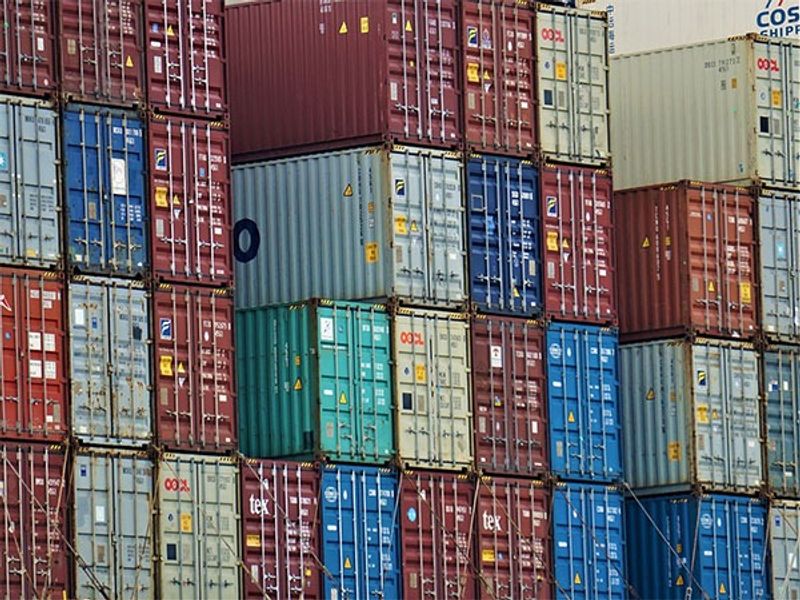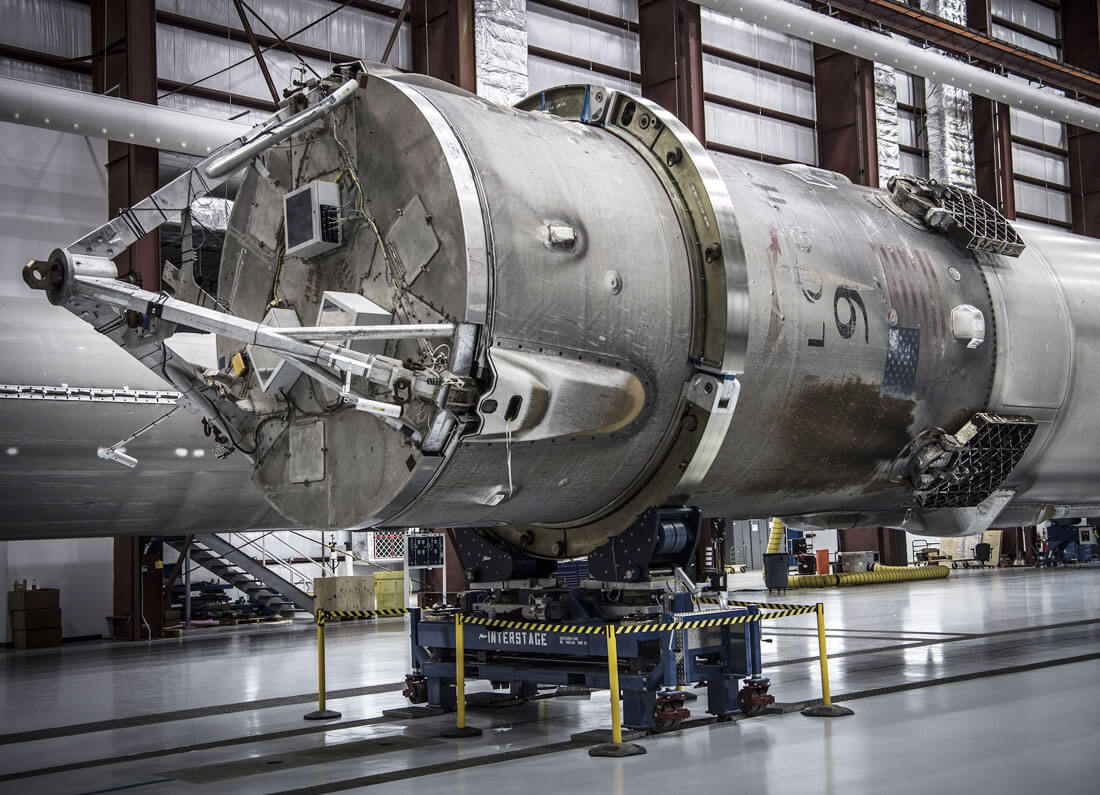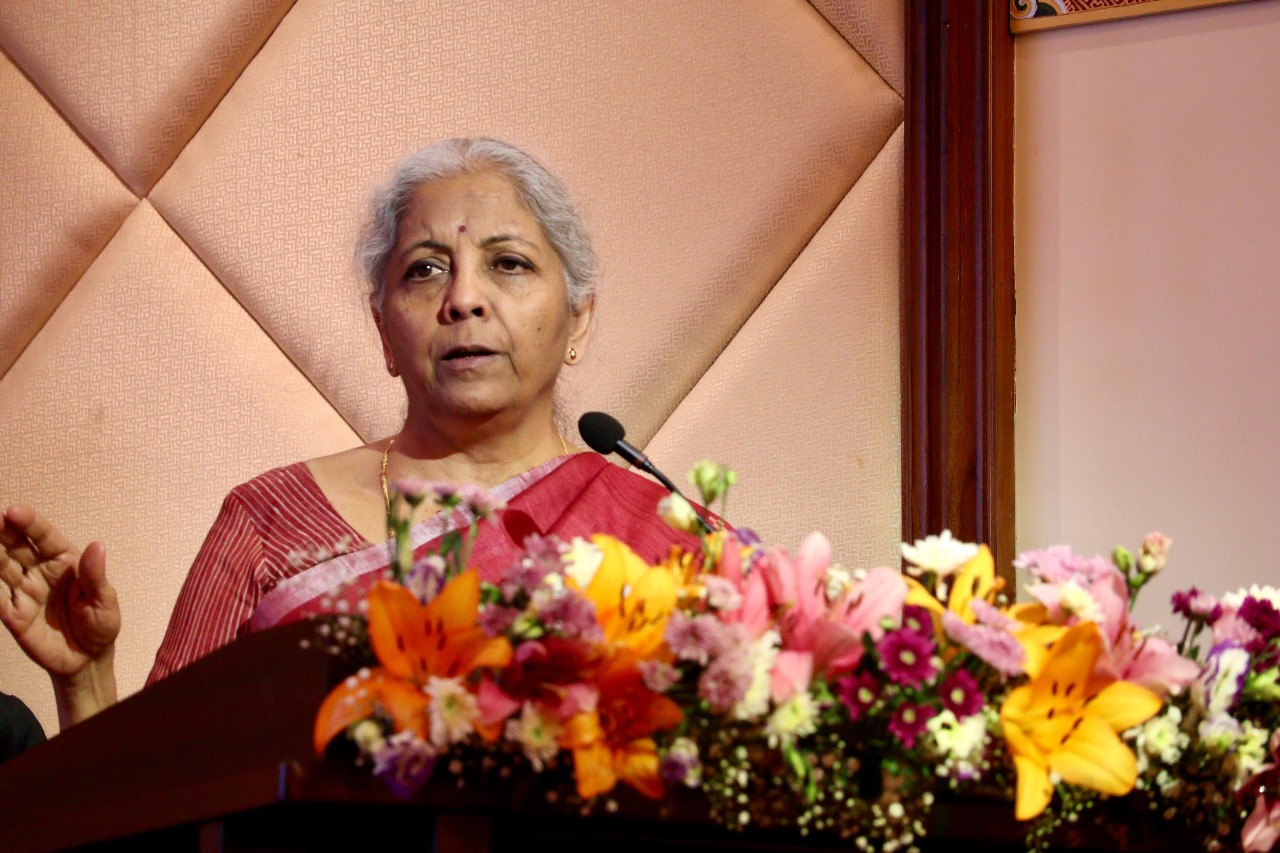Mumbai, NFAPost: India’s trade deficit for the month of May 2025 narrowed to $21.88 billion from a five-month high of $26.42 billion in April, data released by the Ministry of Commerce and Industry showed on Monday. This was primarily on account of lower imports.
The trade deficit was recorded lower than the $25 billion expected by economists in a Reuters poll.
Merchandise exports dropped by 2.2% on-year to $38.73 billion in May, and imports fell by 1.76% at $60.61 billion, as per provisional data released.
Meanwhile, the trade in services showed an estimated surplus of $14.65 billion in May, as services exports rose to an estimated $32.39 billion while imports increased to $17.14 billion, Trade Secretary Sunil Barthwal said as was cited by Reuters.
WPI Inflation Drops To 14 month low of 0.39% in May
Among product categories, the trade secretary said, exports of electronic goods, including mobile phones, saw the sharpest on-year jump of 54% in May, while shipments of chemicals rose by 16% and those of pharmaceutical grew by 7.38%.
Furthermore, the Reuters report stated that India’s exports to the United States expanded in April-May to $17.25 billion, up from $14.17 billion a year earlier. This suggested that US trariff hikes averaging 10 per cent in early April had a limited impact.
Commenting on the development, CareEdge Chief Economist Rajani Sinha said WPI inflation eased further to 0.4% in May, coming in below expectations and marking the lowest level since April 2024. She pointed out that the decline was driven by continued deflation in the fuel and power category as well as in primary goods, which offset the modest inflation in manufactured products.
“The outlook for food inflation has improved considerably. Positive indicators such as favorable prospects for agricultural production, recent reductions in basic customs duties on edible oils, and adequate reservoir levels are expected to keep food prices in check. The India Meteorological Department’s forecast of an above-normal monsoon further supports this outlook. However, the spatial and temporal distribution of monsoon rainfall will be crucial—especially considering the ~31% cumulative rainfall deficit observed so far. Although the monsoon arrived early, its progress has slowed. That said, it remains early in the season, and a recovery in rainfall activity remains possible. Weather-related risks will require close monitoring. On the global front, industrial metal prices have softened amid mounting concerns over global economic growth, exacerbated by an escalation in tariff tensions,” said CareEdge Chief Economist Rajani Sinha.
CareEdge Chief Economist Rajani Sinha also pointed out that the imposition of new U.S. tariffs on steel and aluminium has intensified fears of a supply glut, particularly due to continued oversupply from China.
“Conversely, Brent crude oil prices have surged—up approximately 16% since the end of May—amid renewed geopolitical tensions in the Middle East. These developments warrant careful observation, as they pose potential risks to global commodity markets and supply chains,” she said.

















Leave a Reply